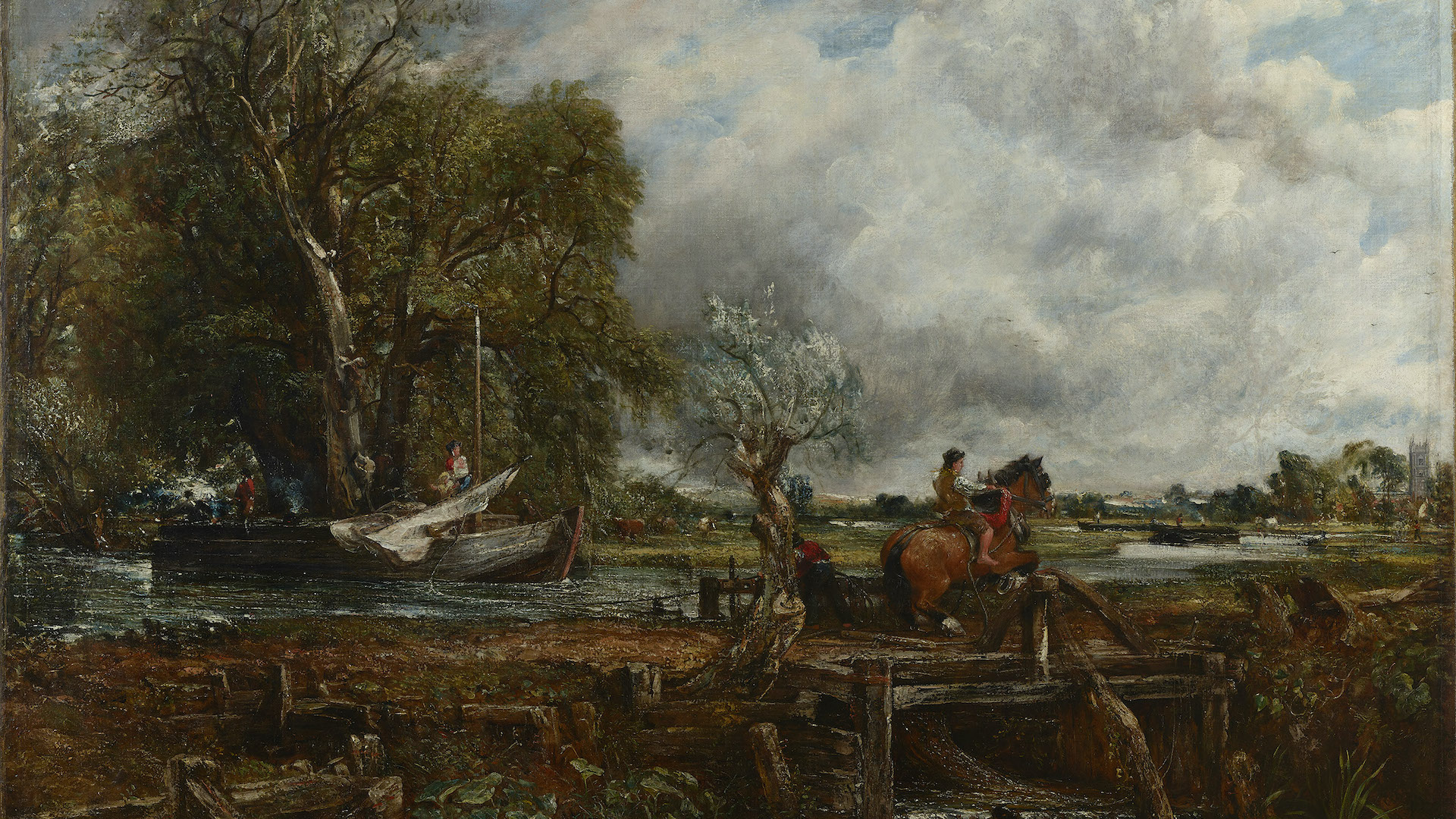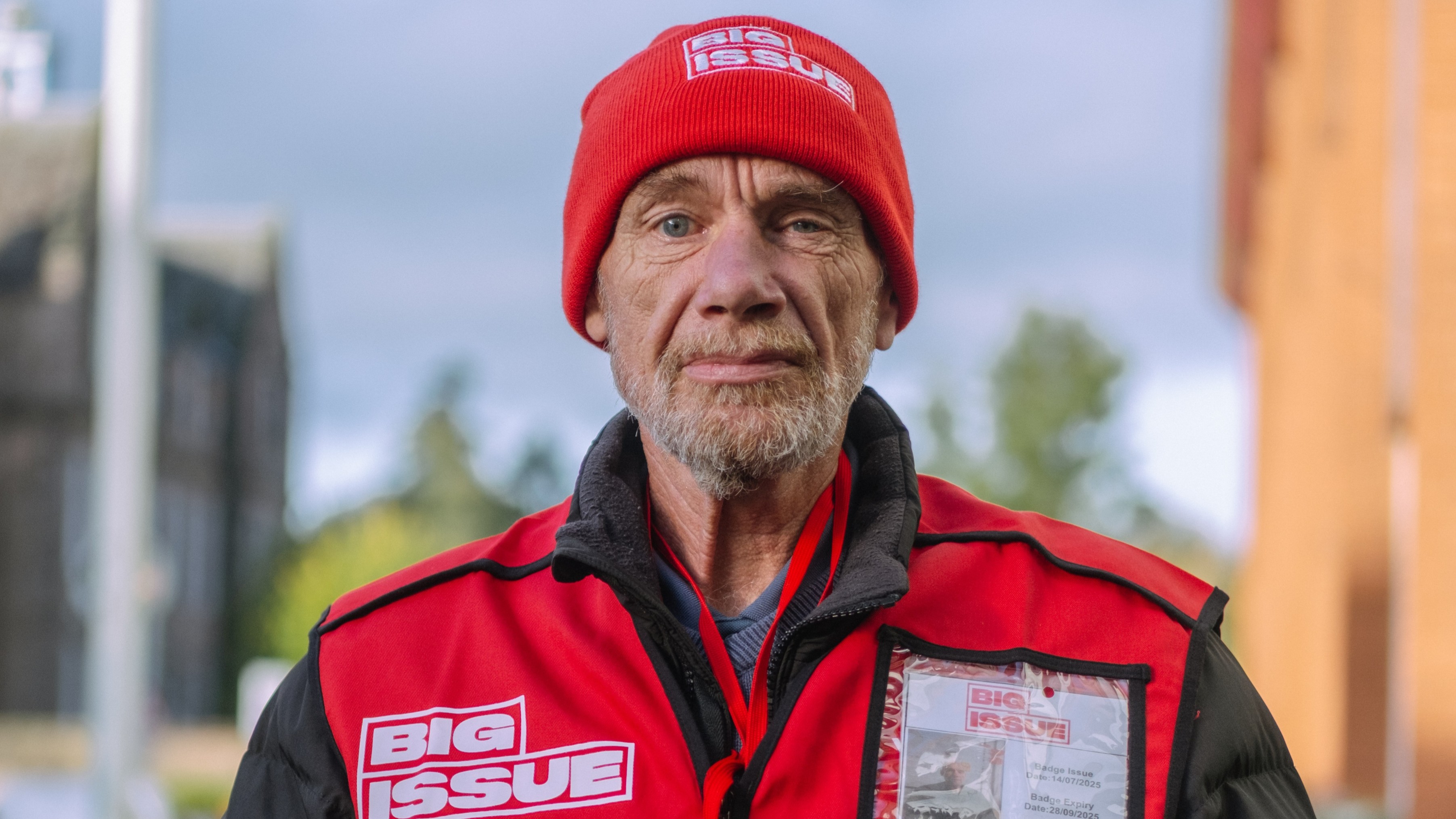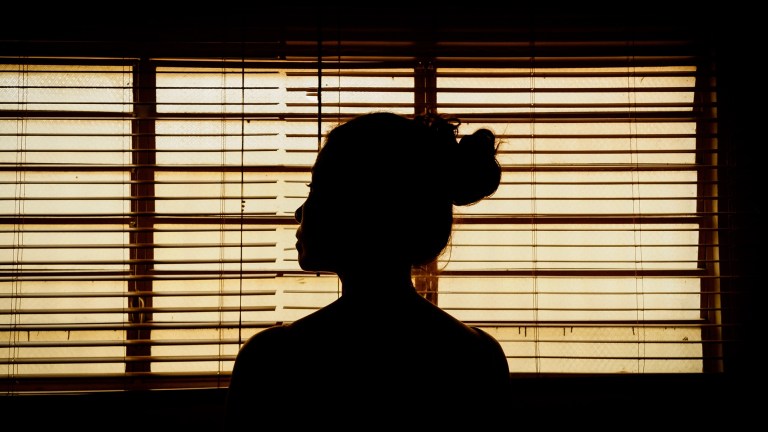Perhaps it was not an entirely good idea to go from COP26 one day to an art exhibition the next day and not realise that it might influence my viewing pleasure. The exhibition was ‘Late Constable’ at the Royal Academy in London’s West End and I had loved the works of John Constable (1776-1837) since I discovered him when I was a ‘locked up’, aspiring boy painter. I preferred him to all other English painters so I looked forward to the RA exhibition with great expectations. I was not disappointed but found my mind wandering away to the climate crisis that had been the theme of the immense Glasgow conference.
Unlike his rival competitor and contemporary JMW Turner, he was not given to painting the ‘satanic mills’ of the industrial revolution. Turner’s Coalbrookdale, for instance – a kind of heroic celebration of iron smelting and the new mining and engineering – had no pull for Constable, who largely stuck to subjects around his Suffolk countryside. If there is any technological innovation in Constable it is that of the earlier agricultural revolution – and not even much of that – with barges on rivers and canals. Constable is therefore not drawn to showing the enormous change that was overtaking England as mines and mills, factories and shipyards were thrown up to create the vast prosperity of the later Victorian world. The pompous empire that girdled the earth and created our globalised world.
Turner loved all that stuff: for instance, his later Rain, Steam and Speed showed this new world of railways that leads directly – as my COP26-informed eye noted – to the current climate malaise. Constable stuck with nature and the slow rhythm of country life, turning his back to some extent on all the heavy stuff that was being done to create the vast wealth of Great Britain Inc. Although he was advantaged by the increase in wealth among patrons who bought his stuff, in the same way that authors like Dickens were advantaged by a reading public with more leisure time to read, Constable hardly referred to this new world order.
As a lover of Constable who first discovered the large collection in the Victorian and Albert museum as a 16-year-old paint-spattered inmate on ‘home leave’, I approached the RA show with reverence. I was not disappointed but I had been captured by climate and fires, by the pollution created by the gross pursuit of profits, and by an awareness that Constable represented halcyon days long since trashed by consumerism.
That’s not to say that I looked at every tree, every brook or working horse captured by Constable as the signifier of a vanished world. But I was probably more than usually aware of the tinderbox nature of our current world. And that Constable had caught something that was almost the closing moments of a long drama finally playing out in our current climate chaos.
Aside from the above, I looked at something I had not quite understood about Constable in my past visits to exhibitions and galleries that held his work. And that is the role played by debris and decay. Not all of his work shows bright green, fecund nature: we see also bits of rotting matter, discoloured and withering weeds and flowers, leaves dumped in an autumn downfall, the seasons mixed up in a kind of gravy of everyday country life.






